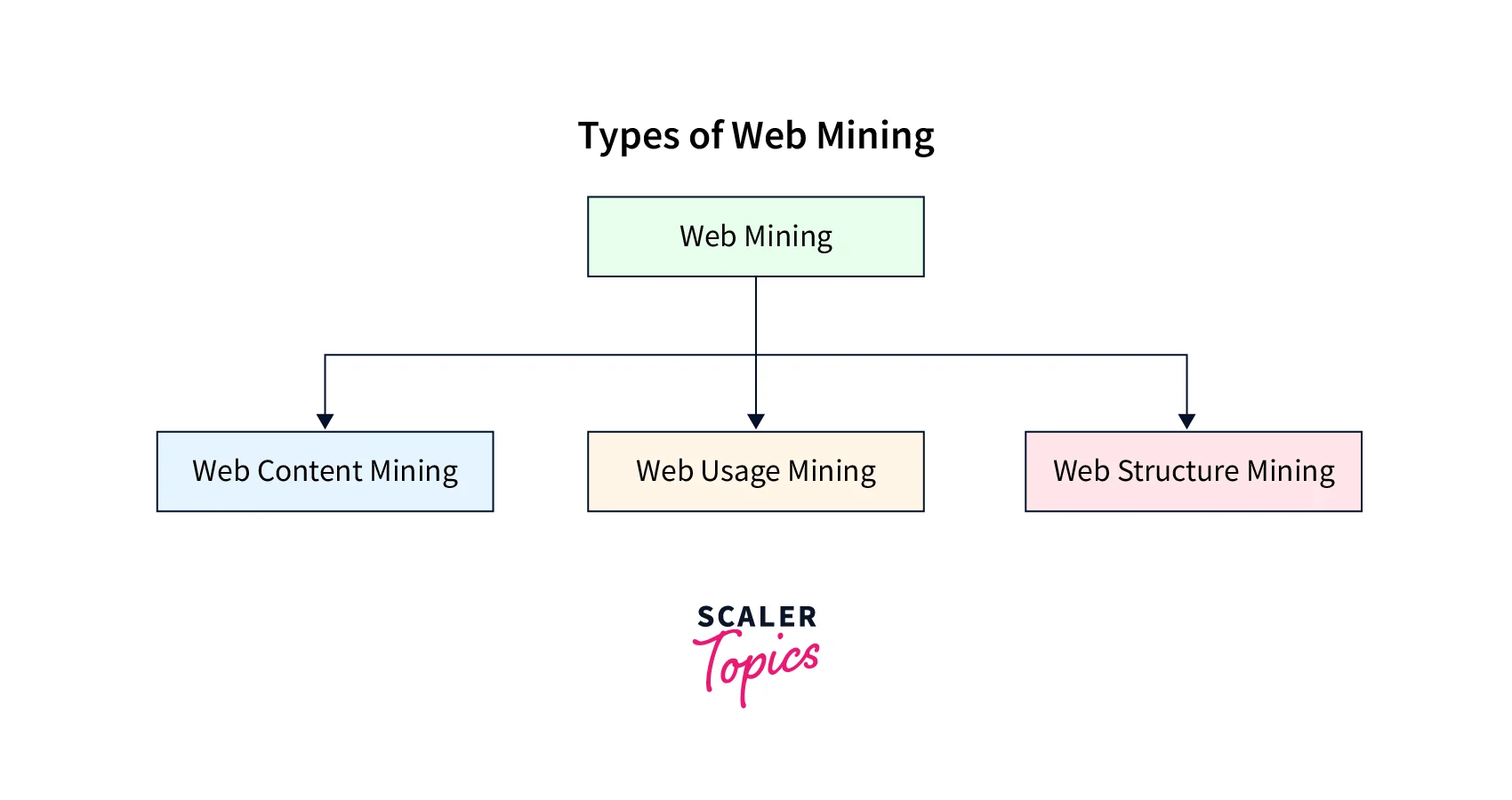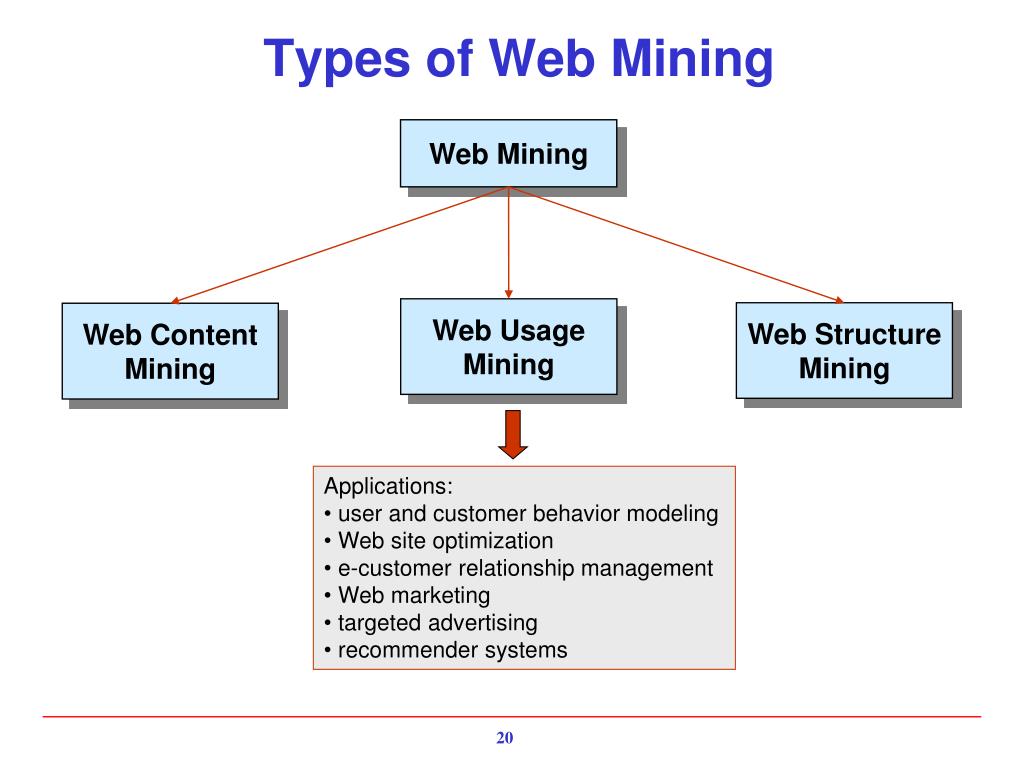
Veins of Wonder: A Miner’s Guide to America’s Enduring Legends
For us miningtypes, understanding the earth isn’t just about geology; it’s about the stories etched into its strata, the history embedded in its bedrock, and the rich, often fantastical, veins of lore that run through the very soul of a nation. America, a land forged in ambition and hardship, is particularly rich in such deposits. Its legends aren’t just quaint tales; they are the cultural ore we’ve dug up and refined over centuries, reflecting our hopes, fears, triumphs, and the untamed spirit of a continent.
From the ancient whispers carried on the wind through indigenous lands to the roaring sagas of frontier heroes and the chilling mysteries lurking in forgotten corners, American legends offer a profound glimpse into the collective psyche. They are the invisible maps that guide us, the echoes of struggles and dreams that continue to shape our identity. And much like a seasoned prospector knows the signs of a promising lode, we can discern the enduring value of these stories by examining their composition and their lasting impact.
The Bedrock of Ancient Echoes: Indigenous Narratives

Before any pickaxe hit granite or a settler’s plow turned the soil, America was a land rich in its own deep, resonant legends. The oral traditions of Native American tribes represent the foundational bedrock of this continent’s storytelling, a vast and complex network of myths that explain creation, natural phenomena, and the intricate relationship between humanity and the spirit world. These aren’t just stories; they are philosophies, moral compasses, and historical records, passed down through generations with reverence and precision.
Consider the trickster figures like Coyote, prevalent across numerous Western tribes, or Raven in the Pacific Northwest. These characters, often flawed and mischievous, teach lessons about balance, consequence, and the unpredictable nature of existence. They embody the duality of creation and destruction, wisdom and folly. The Navajo creation story, for instance, details multiple worlds and transformations, reflecting a worldview deeply connected to emergence and continuous change. As one elder might say, "These stories are not just heard with our ears; they are felt in our bones." They are the oldest, deepest veins, often overlooked by those who only seek the glint of more recent gold, yet they hold the purest essence of this land’s narrative.
Striking Gold: The Titans of the Frontier
As the continent was settled and tamed (or at least, an attempt was made to tame it), new legends began to emerge, reflecting the colossal challenges and boundless opportunities of the American frontier. These are the stories of larger-than-life figures whose exploits often defy logic but perfectly capture the spirit of an era.
Take Paul Bunyan, the colossal lumberjack whose axe cleared forests and whose blue ox, Babe, carved out rivers and lakes. Bunyan isn’t just a strongman; he’s the embodiment of American industry, the muscle and will that transformed a wilderness into a nation. His tales, originating in logging camps of the Midwest, speak to the awe-inspiring scale of the task at hand – felling ancient forests, building infrastructure, and imposing human order on nature. His legend is a testament to the idea that no task was too big, no obstacle insurmountable, for the determined American spirit. "They say he cleared entire forests with a single swing of his axe," a logger might muse, "and his footprints filled with water became the ten thousand lakes of Minnesota." These stories were not just entertainment; they were morale boosters, celebrating the collective effort and romanticizing the grueling work that built a nation.
Then there’s John Henry, the steel-driving man, whose legend resonates with the profound shift from manual labor to machine power. His epic race against a steam-powered drill, driving steel into solid rock with nothing but his hammer and his formidable will, is a poignant and powerful narrative. Henry’s story, rooted in the construction of railroads through the Appalachian Mountains, speaks to the dignity of human labor, the tragic beauty of resistance against progress, and the enduring power of the individual. "A man ain’t nothing but a man," the old song goes, "but before I let that steam drill beat me down, I’ll die with my hammer in my hand." This is a legend forged in sweat and iron, a deeply American tale of grit, sacrifice, and the often-uneven battle between man and machine.
And let’s not forget Johnny Appleseed, born John Chapman, who wandered the wilderness for decades, planting apple trees. Unlike Bunyan’s destructive creation or Henry’s tragic struggle, Johnny Appleseed’s legend is one of gentle persistence, nurturing, and foresight. He represents the softer side of the frontier spirit, the vision of sustained growth and the simple act of leaving the world a little better than you found it. He wasn’t mining for gold; he was planting for the future, a prophet of pastoral abundance.
The Unseen Lodes: Cryptids and Creeping Fears

Not all veins yield tangible ore. Some shimmer with the unexplained, the unsettling, the mysteries that cling to the shadows of our deepest shafts. America, with its vast wildernesses and forgotten corners, is a rich repository for cryptids – creatures whose existence is unproven but whose legends persist with a tenacious grip. These stories tap into our primal fears and our fascination with the unknown.
Bigfoot, or Sasquatch, is perhaps the most famous. Dwelling in the dense forests of the Pacific Northwest, this elusive, ape-like creature has been reported for centuries, from Indigenous folklore to modern-day blurry photographs and eyewitness accounts. Bigfoot isn’t just a monster; he’s the embodiment of the untamed wilderness, a reminder that despite our maps and technology, there are still places where humanity is not supreme, where ancient, powerful forces might still roam. "You hear things out there in the deep woods," a hunter might tell you, "things that ain’t deer, and ain’t bear. And sometimes, you just feel like you’re being watched." The legend persists because it allows us to believe there’s still mystery left in the world, an unconquered wildness that mirrors something within ourselves.
Further east, in the eerie Pine Barrens of South Jersey, lurks the Jersey Devil, also known as the Leeds Devil. Born, so the legend goes, to a cursed mother in 1735, this creature with bat-like wings, a horse’s head, and cloven hooves has terrified residents for centuries. Its legend is a blend of local history, superstitious dread, and the chilling isolation of the Pinelands. Unlike Bigfoot, who is often seen as a reclusive beast, the Jersey Devil is portrayed as more malevolent, a creature of local curses and a harbinger of ill fortune. Its story is a potent reminder of the fear of the unknown that once permeated colonial settlements, a fear that still occasionally resurfaces when a strange sound echoes through the moonlit pines.
The Grimy Hands of Anti-Heroes: Outlaw Legends
And then there are the veins that run with a darker, more complex ore – the legends of outlaws, figures who defied authority and often paid the ultimate price, yet became folk heroes in the process. These stories are less about brute strength or mysterious encounters and more about the complicated relationship between justice, rebellion, and the common person.
Jesse James, the notorious bank and train robber of the post-Civil War era, is a prime example. To many, especially in the defeated South, James was not a criminal but a latter-day Robin Hood, a symbol of defiance against powerful railroads and banks. His daring exploits and dramatic escapes were embellished with each telling, transforming him from a ruthless killer into a charismatic, almost noble, rebel. "He took from the rich and gave to the poor," was the common refrain, even if the historical record suggests a more self-serving motive. His legend speaks to a deep-seated American distrust of authority and a romantic fascination with those who live outside the law, especially when perceived as fighting against a larger, unjust system.
Similarly, Billy the Kid, the young gunslinger of the Old West, became an icon of untamed youth and deadly skill. His short, violent life was quickly mythologized, turning him into a symbol of the wild, lawless frontier. He represented the ultimate freedom, albeit a destructive one, in a land where law and order were still tenuous. These outlaw legends, while morally ambiguous, are crucial veins in America’s cultural landscape. They explore themes of individual liberty, the allure of danger, and the complex interplay between law, order, and personal freedom – all deeply resonant themes in the American narrative.
The Ever-Shifting Landscape: Why We Keep Digging
What makes these legends so enduring, so valuable to us miningtypes? They are more than just old stories; they are the narrative bedrock upon which our understanding of ourselves is built. They provide context for our values: the importance of hard work (Bunyan, Henry), the respect for nature (Johnny Appleseed, Indigenous tales), the awe of the unknown (Bigfoot, Jersey Devil), and the complex dance with authority (James, Billy the Kid).
Legends also serve as cultural anchors, connecting generations to a shared past. They are the initial blueprints of our national character, showing us where we came from and what we’ve valued along the way. In a rapidly changing world, these stories offer a sense of continuity, a reminder that while the surface might shift, the fundamental strata of human experience remain.
Moreover, legends are inherently adaptable. They evolve with each retelling, absorbing new anxieties and reflecting contemporary concerns. The stories of Bigfoot or the Jersey Devil, for instance, persist not just as relics of the past but as manifestations of our modern fears about environmental degradation, the loss of wilderness, and the boundaries of scientific knowledge.
For us miningtypes, the act of exploring these legends is akin to unearthing precious minerals. Each story, each character, each chilling whisper in the dark, is a nugget of cultural insight, reflecting the dreams, struggles, and aspirations of the American people. They are the invisible wealth of the nation, constantly being rediscovered and reinterpreted. As long as there are mountains to climb, forests to explore, and mysteries to ponder, America will continue to be a land rich in legendary veins, waiting for the next generation to pick up the tools and start digging. These are not just tall tales; they are the very essence of who we are, shimmering in the light of our collective imagination.


